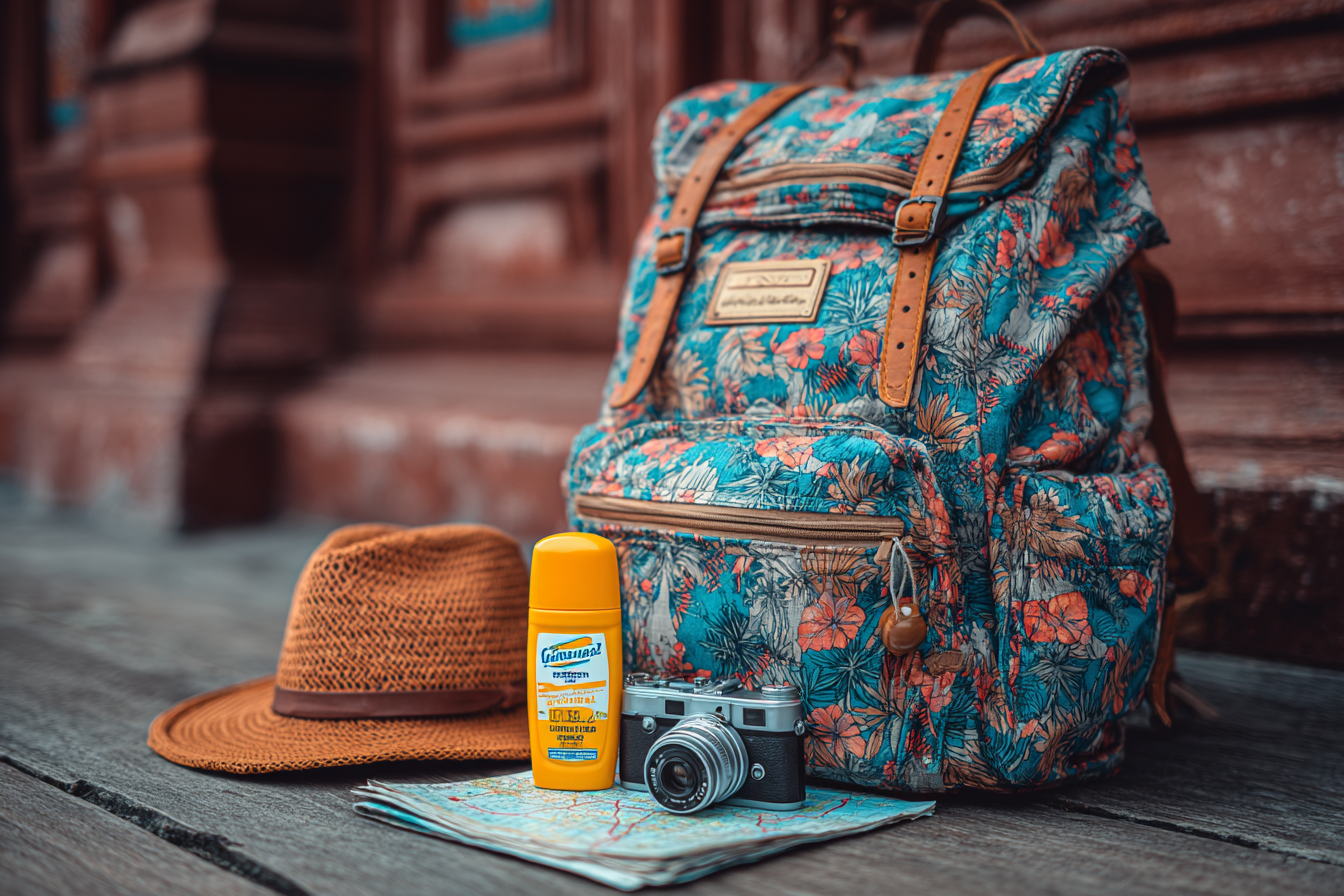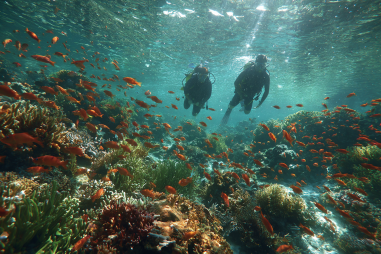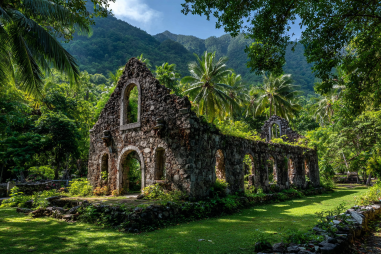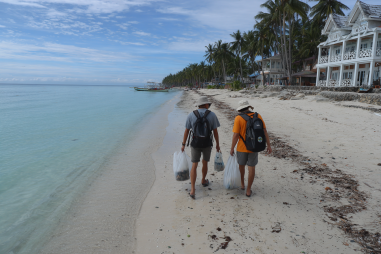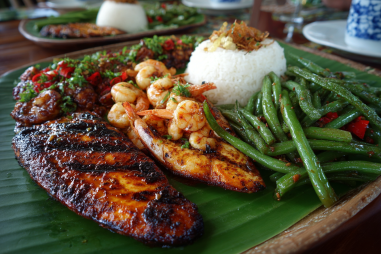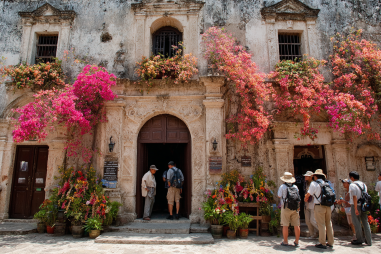Traveling to the Philippines is an exciting adventure filled with stunning beaches, vibrant cities, and lush landscapes. However, packing for this tropical paradise requires a bit of strategy to ensure comfort, convenience, and readiness for a variety of activities. From humid weather and occasional rain showers to beach days and urban exploration, having the right gear can make your trip smooth and enjoyable. This comprehensive packing list will guide you through everything you need to bring, whether you’re a laid-back beach traveler or an adrenaline-seeker ready for adventure.
Understanding the Philippines Climate and Its Impact on Your Packing
The Philippines boasts a tropical climate characterized by high temperatures and humidity year-round. Typically, the weather is hot and humid with an average temperature that ranges from 25°C to 32°C (77°F to 90°F). The country experiences two main seasons: the dry season (from November to April) and the wet season (from May to October), which means summer is the prime travel time for sun worshippers.
This climate demands lightweight, breathable fabrics and preparation for sudden rain showers. Packing should reflect the need to stay cool, protect against sun exposure, and keep dry during unexpected downpours. Understanding this will help you avoid overpacking heavy items and instead focus on versatile, weather-appropriate clothing.
Clothing Essentials for the Beach and the City
Given the dual nature of the Philippines trip—whether lounging on pristine beaches or exploring bustling urban areas—your wardrobe should cater to both settings.
- Beachwear: Pack swimsuits, rash guards, and lightweight cover-ups. Quick-dry fabrics are especially useful if you plan on hopping between islands or engaging in water sports. Don’t forget a wide-brimmed hat and UV-protection sunglasses to shield you from the strong sun.
- City and Casual Wear: For city exploration, think breathable cotton or linen clothing such as t-shirts, tank tops, shorts, and sundresses. Lightweight pants or skirts can offer sun protection while remaining comfortable. Modest attire is also advisable if you plan to visit religious or cultural sites.
- Evenings and Dining: Some restaurants and nightlife venues may have a dress code. A casual yet polished look—like a polo shirt or a summer dress—works well without adding bulk to your luggage.
Footwear Recommendations for Varied Terrains
When it comes to footwear, comfort and practicality are key. The Philippines offers everything from sandy shores to cobblestone streets and jungle trails, so your shoes should be versatile.
- Flip-flops or Sandals: Essential for beach days and casual strolls, choose comfortable, water-resistant pairs.
- Walking Shoes or Sneakers: Great for urban exploration and light hiking. Opt for lightweight, breathable sneakers to keep your feet cool.
- Water Shoes: If you plan on exploring rocky shores, diving into waterfalls, or water trekking, water shoes provide protection and grip.
Travel Gadgets and Accessories to Enhance Your Trip
Technology and useful accessories can elevate your travel experience in the Philippines:
- Smartphone and Charger: Essential for navigation, communication, and capturing memories. A power bank is a lifesaver during long excursions where power outlets aren’t available.
- Universal Travel Adapter: The Philippines uses plug types A, B, and C, with a standard voltage of 220V. Bringing a universal adapter ensures you can charge your devices without hassle.
- Waterproof Phone Case or Dry Bag: Ideal for protecting your electronics during island hopping, kayaking, or sudden rain showers.
- Camera or GoPro: For photography enthusiasts, capturing the vibrant landscapes and marine life is a must.
- Reusable Water Bottle: Staying hydrated is crucial in the tropical heat. A reusable bottle helps reduce plastic waste.
Health and Safety Items: Sunscreen and Insect Repellent
Protecting your skin and health is vital when traveling in a tropical environment like the Philippines.
- Sunscreen: Choose a broad-spectrum, water-resistant sunscreen with high SPF (30 or above) to shield against the strong equatorial sun. Apply regularly, especially after swimming or sweating.
- Insect Repellent: Mosquitoes can carry diseases such as dengue and malaria in some regions. Use insect repellent containing DEET or picaridin, especially during dawn, dusk, and in forested or rural areas.
- Basic First Aid Kit: Include plasters, antiseptic wipes, painkillers, and any personal medications. Also consider packing diarrhea relief and rehydration salts.
- Face Masks and Hand Sanitizer: While travel restrictions may have eased, carrying these remains a good practice in crowded places or healthcare settings.
Documents and Money Management
Staying organized with your travel papers and finances is crucial in a foreign country.
- Passport and Visa: Verify your passport’s validity (typically at least six months from your entry date). Check visa requirements depending on your nationality and travel duration.
- Travel Insurance Documentation: Keep copies of your policy and emergency contact numbers accessible.
- Vaccination Records: Some travelers may need proof of specific vaccinations.
- Cash and Cards: While major cities have ATMs and card acceptance, remote areas may rely on cash. Bring a mix of Philippine pesos and international cards. Use RFID-blocking wallets for security.
- Photocopies and Digital Backups: Scan your important documents and email them to yourself or store them securely in the cloud.
Tips for Packing Light and Efficiently
Packing light helps you move freely across islands and diverse destinations in the Philippines.
- Choose Versatile Clothing: Pack items that can mix and match or be layered to adapt to different activities.
- Stick to Travel-Sized Toiletries: Use reusable travel bottles for shampoo, conditioner, and sunscreen.
- Use Packing Cubes: These keep your suitcase organized and save space.
- Limit Shoes: Two to three pairs are usually enough.
- Plan to Wash Clothes: Many accommodations offer laundry services at affordable rates, so bring fewer clothes and wash as needed.
- Roll Your Clothes: Rolling instead of folding can save space and reduce wrinkles.
Special Gear for Adventure Travelers
If you’re planning more adrenaline-pumping activities like hiking, diving, or kayaking, there are a few additional items to consider:
- Snorkeling Gear: While rentals are available, bringing your own mask and snorkel guarantees a comfortable fit and hygiene.
- Lightweight Hiking Backpack: Essential for day trips and trekking.
- Waterproof Hiking Shoes or Boots: Durable footwear with good grip is necessary for uneven trails and slippery terrain.
- Headlamp or Flashlight: Useful for early morning hikes or exploring caves.
- Quick-Dry Towel: Compact and practical for spontaneous swims or showers.
- Dry Bags: Keep your gear safe from water during kayak adventures or sudden downpours.
With this essential Philippines travel packing list, you’ll be well-prepared to enjoy the diverse experiences this beautiful country has to offer. Remember to tailor your packing according to your itinerary, anticipated weather, and personal preferences to make your trip as comfortable and memorable as possible. Safe travels and enjoy the wonders of the Philippines!

